Large Hardy Indoor Plants
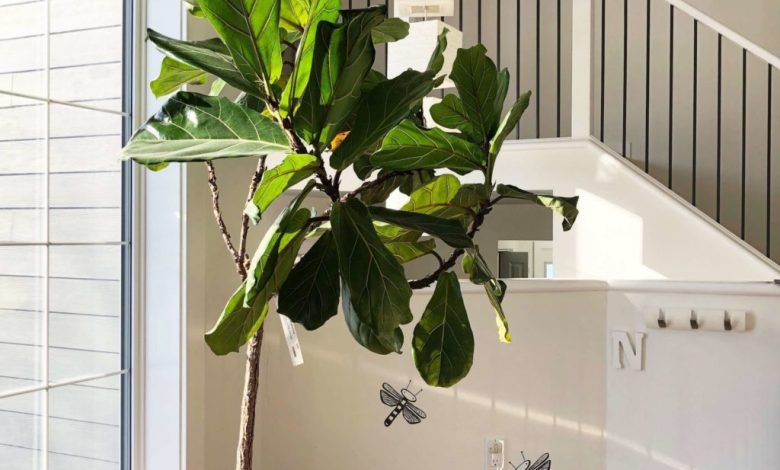
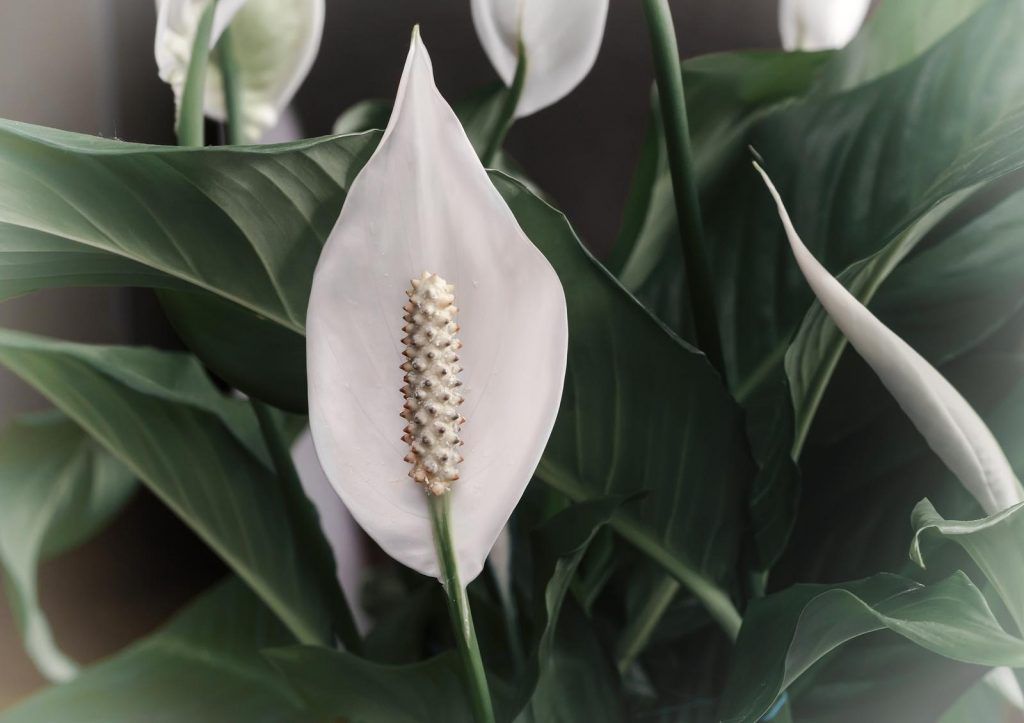
Beautifying the interior of your home with plants is one of the best decoration options that also brings freshness and elegance.
Deciding on the larger options is one of the ways to prevent a space from looking empty and forgotten, as hallways often do.
The best thing is that when you go for the category of resistant plants, you will not need to pay as much attention to their care because they adapt well to the living conditions that are offered to them.
So, without further ado, let’s get to know the list of large resistant indoor plants that are ideal for you. Will you join us?
Adam’s rib
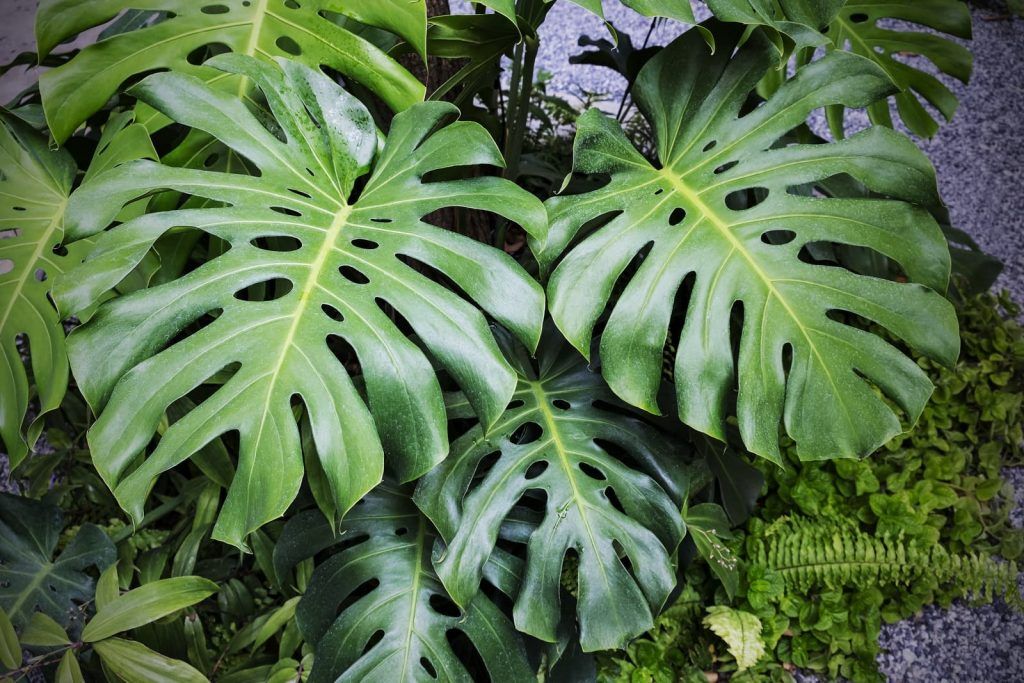
- Scientific name: Monstera deliciosa.
- Common name: Adam’s rib, tiger’s hand, monstera, cerimán, piñanona, philodendron, bullet, skeleton, horse skeleton, cow rib, harpoon.
- Height: the stem is capable of growing up to 20 meters.
- Light requirement: medium or low.
- Temperature: around 25º C.
- Watering: moderate, just moisten the substrate more frequently in summer.
- Fertilizer: for green plants in summer.
With large, deep olive-green leaves, Adam’s rib is one of the most popular houseplants.It has leaves with an interesting shape, with openings on the edges that give it that characteristic appearance.
It holds up well in low sunlight and general grooming, making it a great choice for beginners or those short on time.
Pothos
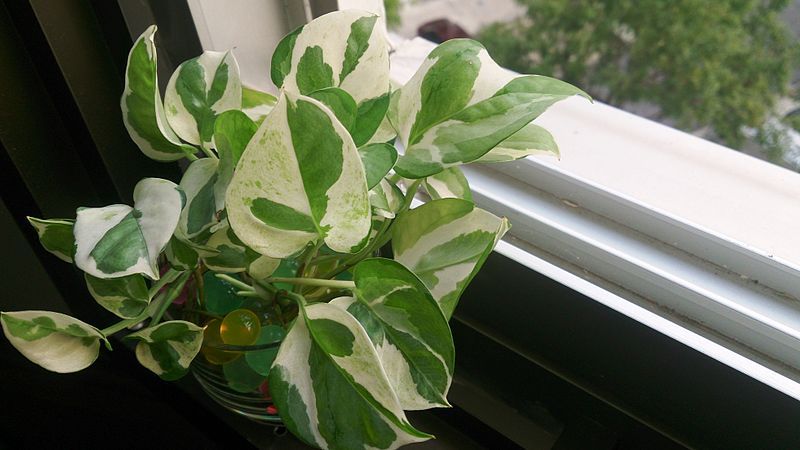
- Scientific name: Epipremmum aureum.
- Common name: Pothos, poto, pothos.
- Height: up to 20 meters.
- Light requirement: medium – high.
- Temperature: above 10º C. Ideal between 15 and 20º C.
- Irrigation: scarce. Let the substrate drybefore watering again.
- Fertilizer: for green plants every 15 days in summer.
The pothos is one of the options that also stands out in indoor plants because it is interesting for various purposes.
With pruning, you can keep it in a pot and organize the structure according to your needs. Also, it can be kept beautiful by wiping the leaves from dust with a damp cloth.
But if you want to let it grow, it is possible to place a fence or structure through which it climbs and creates a natural wall inside the house.
Sansevieria
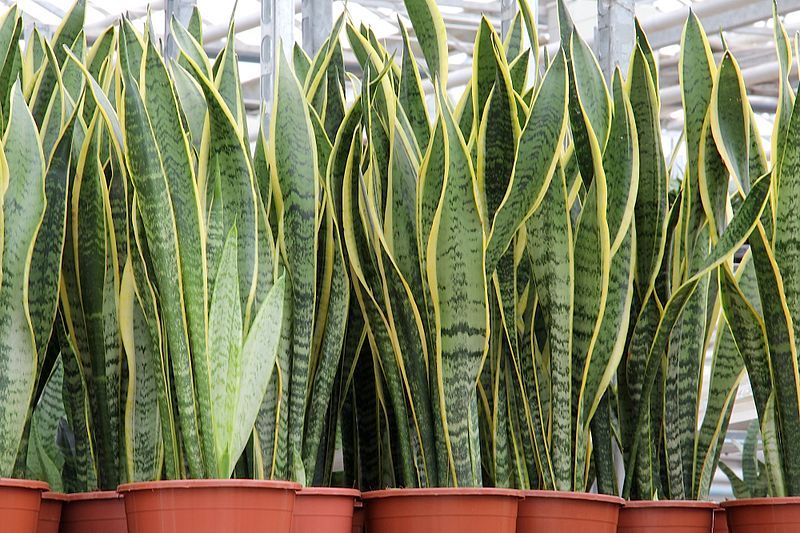
- Scientific name: sansevieria trifasciata «Laurentii».
- Common name: sansevieria, mother-in-law’s tongue, Saint George’s sword.
- Height: reaches 2 meters.
- Light requirement: medium – high.
- Temperature: around 15º C, but can tolerate light frosts.
- Irrigation: when the substrate is dry.
- Fertilizer: fertilize in spring and autumn.
The sansevieria is a plant that has the capacity to reach up to 1 meter in height and almost everything is grouped in its leaves that go vertically.
The dark green color of its leaves in contrast with the yellow of the edges makes it look impeccable and imposing in any environment.
Best of all, it has a high resistance to environmental conditions, so it will be easy to keep healthy and beautiful.
- Take a look at our guide to the sansiviera plant.
- Here to find out how and how often the sanseviera should be watered.
spatifilo
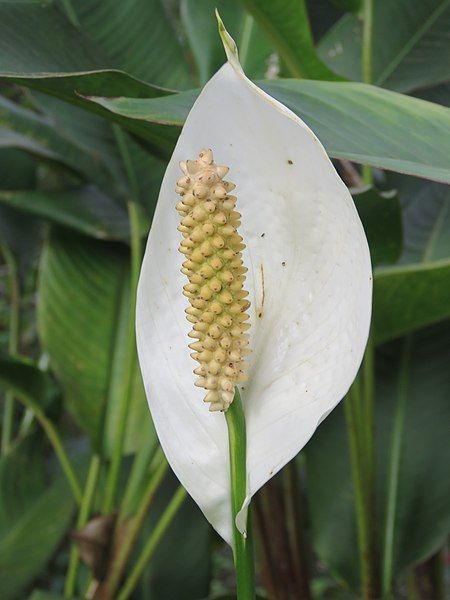
- Scientific name: spathiphyllum wallisii.
- Common name: spatifilium, spatifilim wallisii, spatifilum.
- Height: reaches up to 1 meter.
- Light requirement: medium – high.
- Temperature: warm, nothing below 15° C.
- Irrigation: moderate with foliar sprays.
- Fertilizer: every 20 days during the flowering time.
Spatifilium mubalsi has medium-sized, shiny green leaves that grow over time, so the size it reaches depends a lot on pruning.
Although it is a plant that does not bloom profusely, it does generate a white inflorescence that is capable of being maintained all year round.
It cannot be exposed to direct sun, so it is better to have it near a window for light only.
ficus lyrata
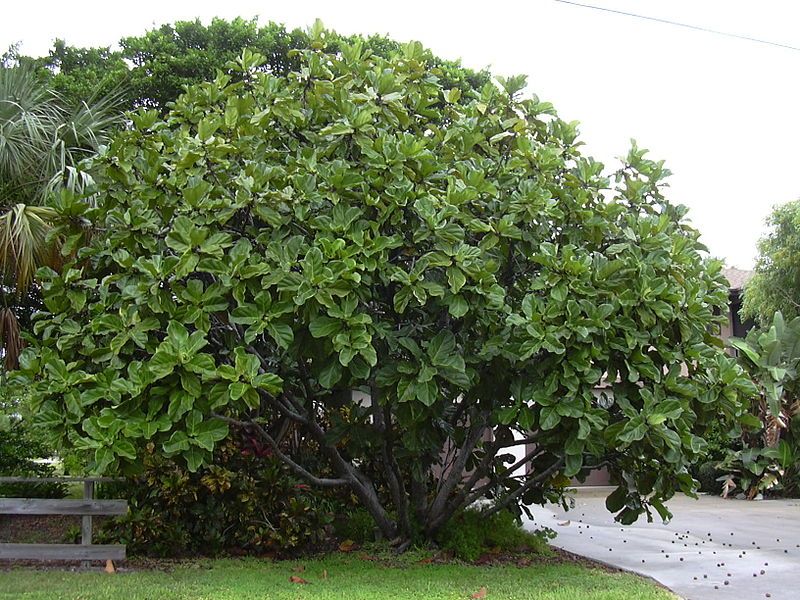
- Scientific name: Ficus Lyrata Warb.
- Common name: ficus lirata, lyre tree, ficus lira, fiddle-leaved fig tree, ficus lirado.
- Height: without pruning it is capable of reaching 10 meters in height.
- Light requirement: medium (not direct).
- Temperature: warm, resistant to weak and infrequent frosts.
- Irrigation: every 3 or 4 days in summer.
- Payment: not required.
With its large, glossy green leaves it is an exceptional plant and a favorite for beautifying interiors. You do not have to worry much about care because it is quite resistant. You just have to be careful to spray its leaves.
Of course, it grows fast so it is necessary to be vigilant to carry out the transplant when appropriate.
- You want to know more? See our guide on planting the Ficus.
Aspidistra

- Scientific name: Aspidistra Elatior.
- Common name: tin leaves, parlor leaves, aspidistra, tin.
- Height: maximum 1 meter.
- Light requirement: low to medium.
- Temperature: accept fluctuations throughout the year.
- Irrigation: moderate, it is recommended twice a week in heat.
- Fertilizer: in summer to help growth.
Aspidistra elatior ‘s large leaves are its most striking feature because they are alluring and a bit mysterious at the same time.
As the leaves are the main attraction, it is worth having them nice, clean and shiny, so it is advisable to apply occasional sprays.
It is a plant that grows slowly, so it is necessary to support it with fertilizers according to green plants during the summer days.
Dracaena lemon lime
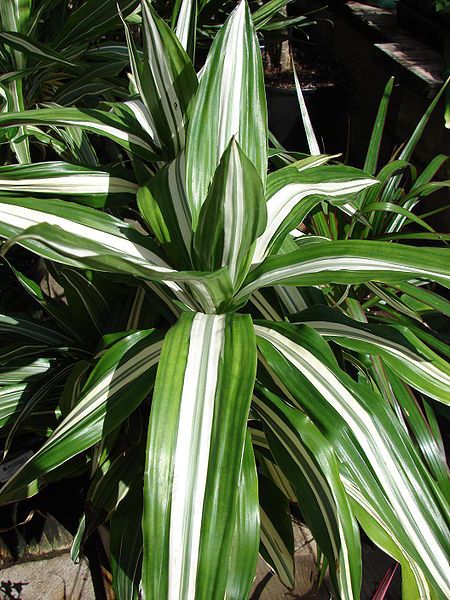
- Scientific name: Dracaena demerensis «Lemon Lime».
- Common name: dracaena, dracaena lemon lime.
- Height: a maximum of 2 meters.
- Light Need: Medium, no direct sunlight.
- Temperature: between 16 and 21° C.
- Irrigation: moderate, without flooding, more frequent in summer.
- Subscription: during spring and summer once a month.
The dracaena lemon lie is recognized for being a tall plant that generates leaves that are dark green in the center and light green on the edges, which creates a beautiful setting.
Leaf sprays two or three times a week in summer and once a week in winter do well. It can be outdoors, but it does not do well in winter, so it needs to be protected during the cold season.
Cassava elephant foot
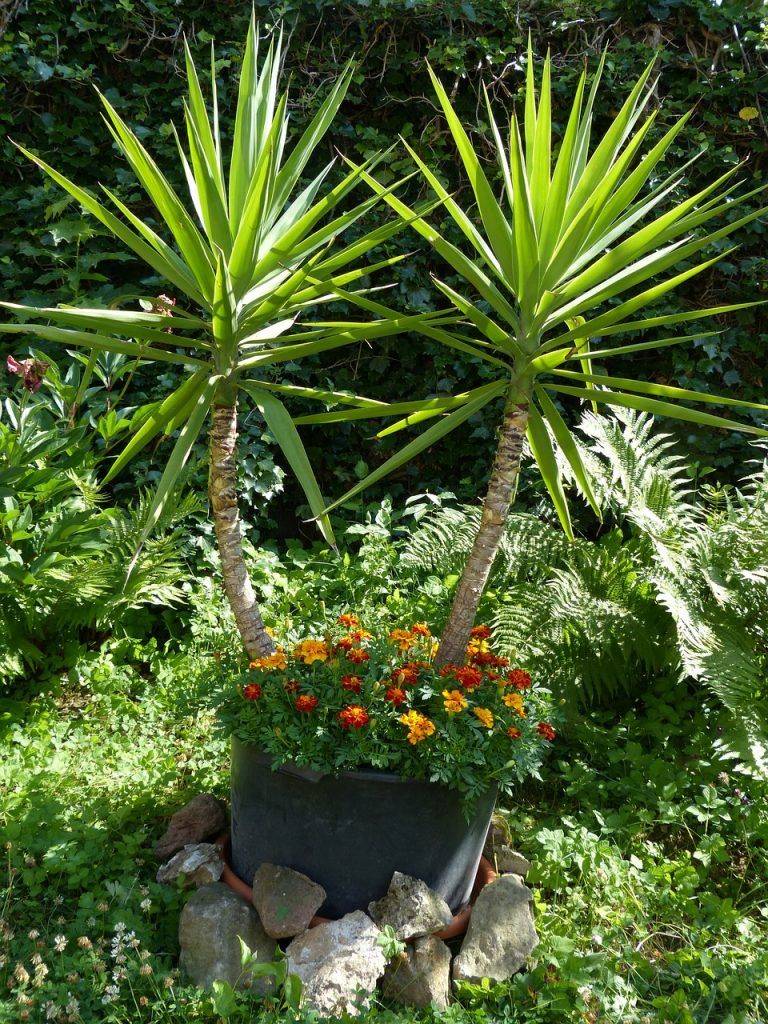
- Scientific name: Yucca elephantipes.
- Common name: elephant foot yucca.
- Height: 10 meters high in ideal conditions.
- Light requirement: medium – high.
- Temperature: warm climates all year round.
- Irrigation: regular, with 2 or 3 applications in summer and less in winter.
- Fertilizer: for green plants fortnightly and only in summer.
This is a plant that can be kept both indoors and outdoors, as it likes illuminated spaces, so it must be taken into account for the house.
It has a rapid growth, which means that it is necessary to repot once a year, at least. Its thick stems and upright, pointed leaves give it a beautiful appearance.
- Look at our article
lounge palm tree
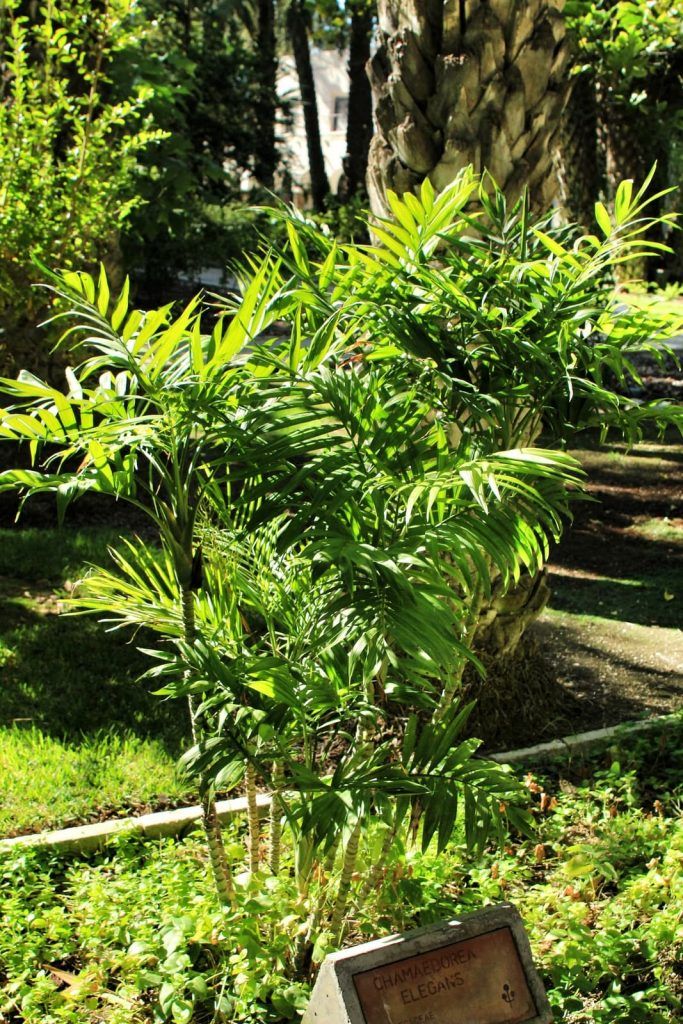
- Scientific name: Chamaedorea Elegans.
- Common name: parlor palm, chamaedorea, indoor palm, camaedorea, parlor palm.
- Height: up to 2 meters.
- Light Need: Low to medium, can be in dimly lit spaces.
- Temperature: Mediterranean climates, without cold.
- Irrigation: moderate with moist substrate in spring and summer.
- Fertilizer: for green indoor plants twice a month in summer.
A palm tree in the living room? Yes, it is just what can be obtained with this plant that is large and resistant to have inside the house.
Another of its advantages, in addition to the ornamental aspect, is that its leaves purify the air, making them ideal in spaces that are usually attacked by bad odors.
The only care that it does require with some regularity is that it be provided with moisture, so occasional sprays on the leaves will do well.
Thorn of Christ
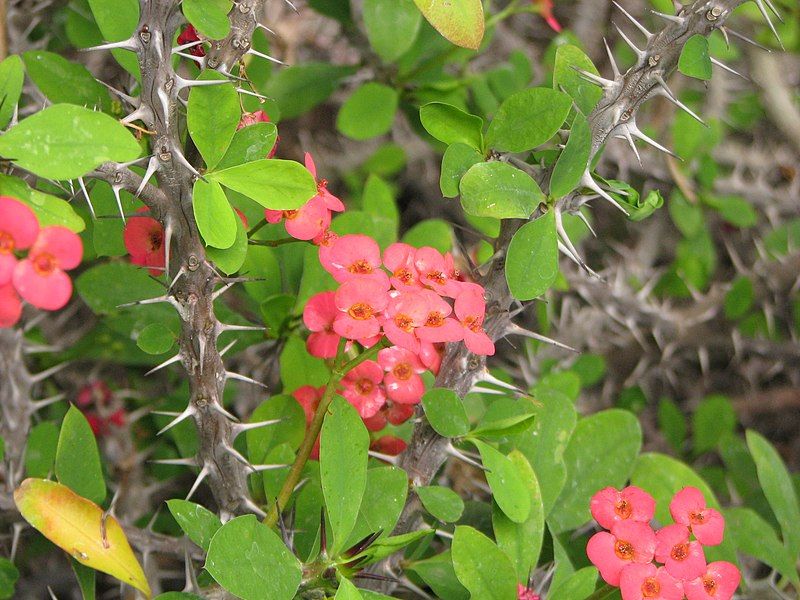
- Scientific name: Euphorbia milii var. Splendens.
- Common name: thorn of christ, crown of thorns, thorns of christ.
- Height: from 1 to 1 and a half meters.
- Need for light: little to live. A lot in the flowering stages, because without light it does not produce them.
- Temperature: warm without frost. Temperatures above 0°C.
- Irrigation: Moderate, more often in summer and less often in winter.
- Fertilizer: once a year in spring with chemical fertilizer.
If you are looking for a beautiful, resistant, large indoor plant that also gives you impressive flowers every year, the Thorn of Christ is your ideal option.
It is a plant that can live in spaces with little lighting and keep its leaves green, although in spring it is better to place it in more illuminated areas so that it blooms.
Depending on the type of plant, it is capable of generating white, yellow, red or pink flowers, so it even gives the opportunity to create compositions.
Of course, you have to be attentive to its location because it has thorns on the stem that can be dangerous in homes where you have children or pets.
Decorating the interior of the house with plants counts as one of the best strategies to beautify spaces and give them a natural look.
With these hardy plant options you don’t even have to worry about giving them so much attention, as they are noble throughout their lives and give their all without expecting much in return.
And you? Which one do you decide for? Let us know in the comments.

![Photo of Vinca Plant: [Cultivation, Irrigation, Associations, Pests and Diseases]](https://www.complete-gardening.com/wp-content/uploads/2022/08/vinca-plant-cultivation-irrigation-associations-pests-and-diseases-390x220.jpg)
![Photo of The 10 Most Beautiful Air Plants [Features and photos]](https://www.complete-gardening.com/wp-content/uploads/2022/08/the-10-most-beautiful-air-plants-features-and-photos-390x220.png)
